15 of the World's Most Historically Significant Doors
Distinctive, decorative doors are meant to impress—and even inspire—those who cross their thresholds. Entrances continue to be one of the main focuses when designing a space, and for good reason: After all, these architectural features make a statement about what lies inside. The first doors in history were made from fabrics or animal hides, but they became more secure when their structures did, evolving to wood, and later bronze and stone, though the most ornate materials have been reserved for monuments like churches and statehouses.
Ahead, take a look at a collection of must-see historic (and otherwise remarkable) doors that grace the globe, from the glossed-black sentries at number 10 in London to the 20,000-pound bronze Columbus doors at the U.S. Capitol in Washington, D.C.
10 Downing Street
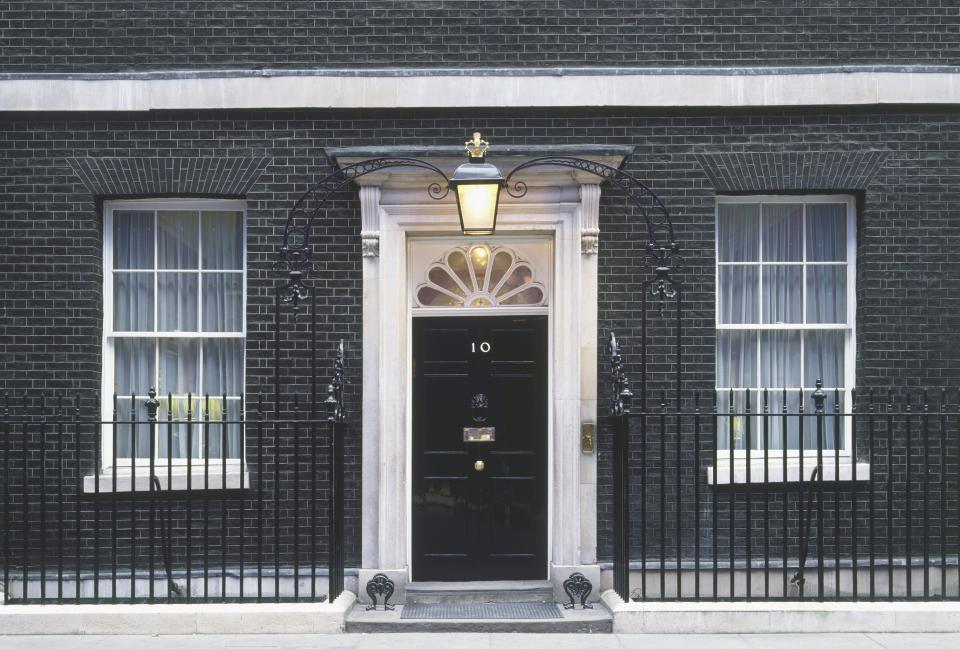
Europe, Great Britain, England, London, 10 Downing Street
Photo by Stephen Oliver. Image courtesy of Getty.The historic “Number 10” in London is the Prime Minister’s residence, which is marked with a Georgian-style glossed-black door featuring a lion’s-head knocker. This secure entrance (which has to be unlocked from the inside) has been made from steel since the IRA’s Downing Street attack in 1991.
Baptistery of San Giovanni
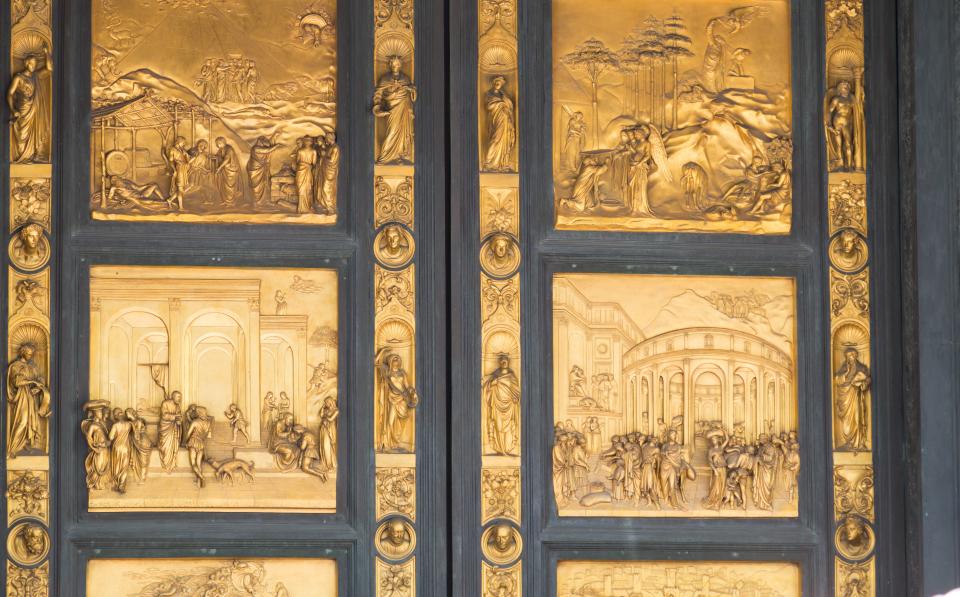
Gate of the Baptistery of San Giovanni.
Image courtesy of Getty.Artist Lorenzo Ghiberti’s Porta del Paradiso (or "Gates of Paradise") have decorated the Baptistery of San Giovanni in Florence since 1452. Constructed from bronze with gold overlay, these Renaissance pieces feature 10 sculpted panels that reference scenes from the Old Testament.
Borgund Stavkirke
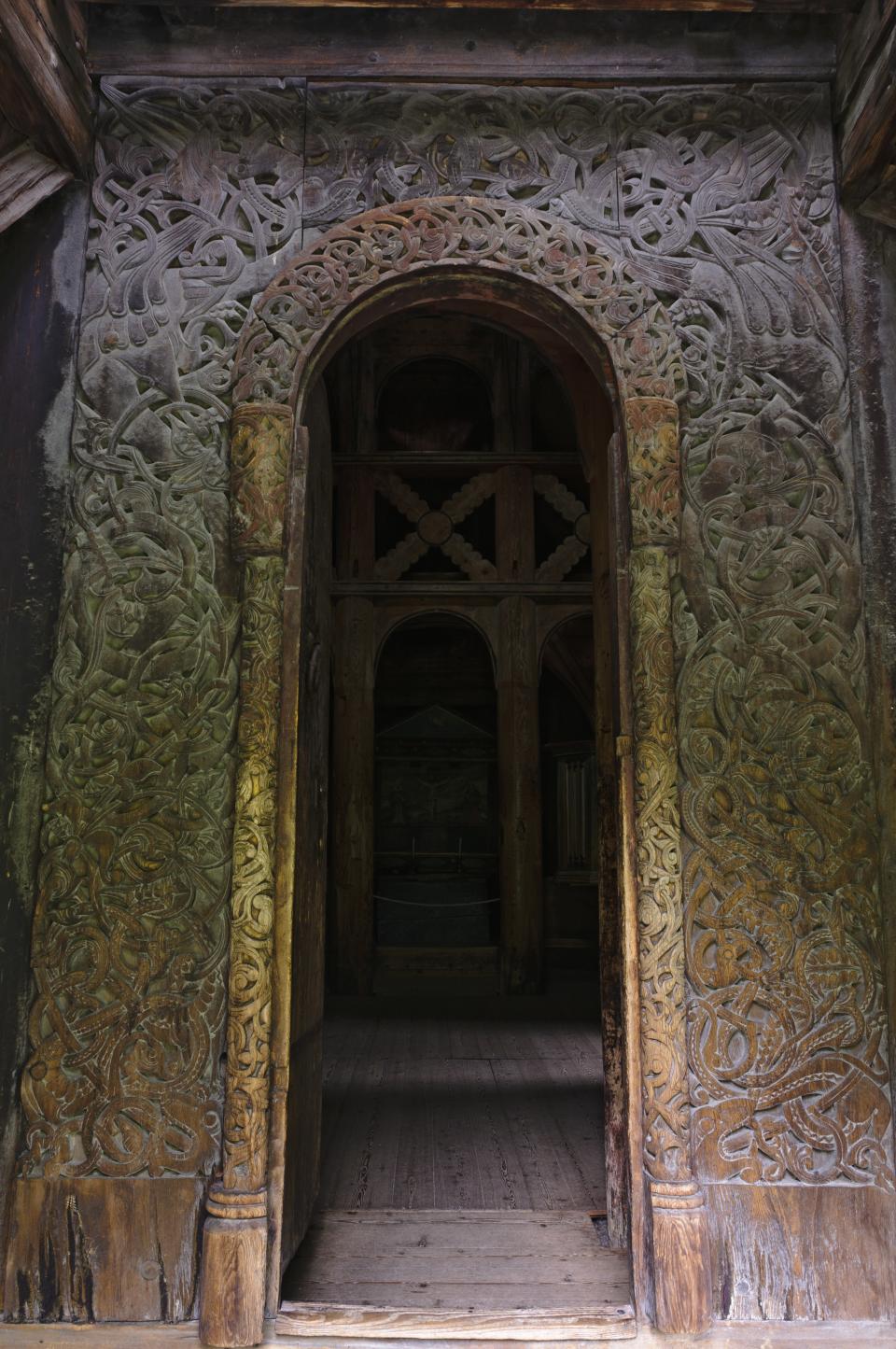
Carvings around main doorway in Borgund stave church.
Photo by Grant Dixon. Image courtesy of Getty.The same builders that produced the Vikings’ boats can be credited for this Stavkirke (or "Stave Church") in Borgund, Norway. Constructed in 1180, it is made from fir wood that is covered with carvings: the door is embellished with dragons and other Christian and Viking symbols.
Chepstow Castle
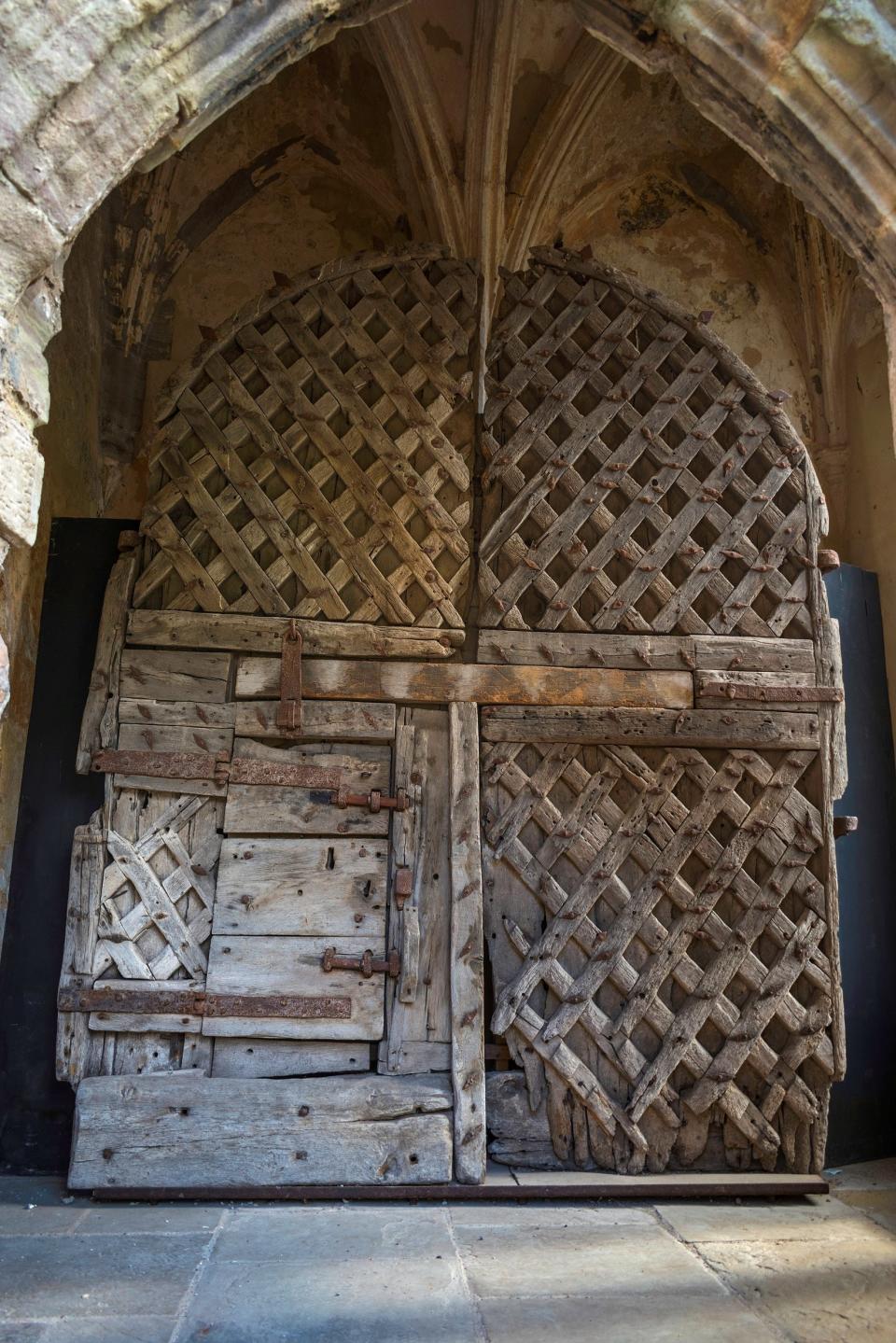
These lattice-patterned doors have protected this historic stone fortification in Mouthshire, Wales, since 1190, making them the oldest castle doors in Europe. Chepstow Castle’s gate was installed by Sir William Marshal, Earl of Pembroke, a dedicated knight who served five kings over the course of his life.
Chrysler Building
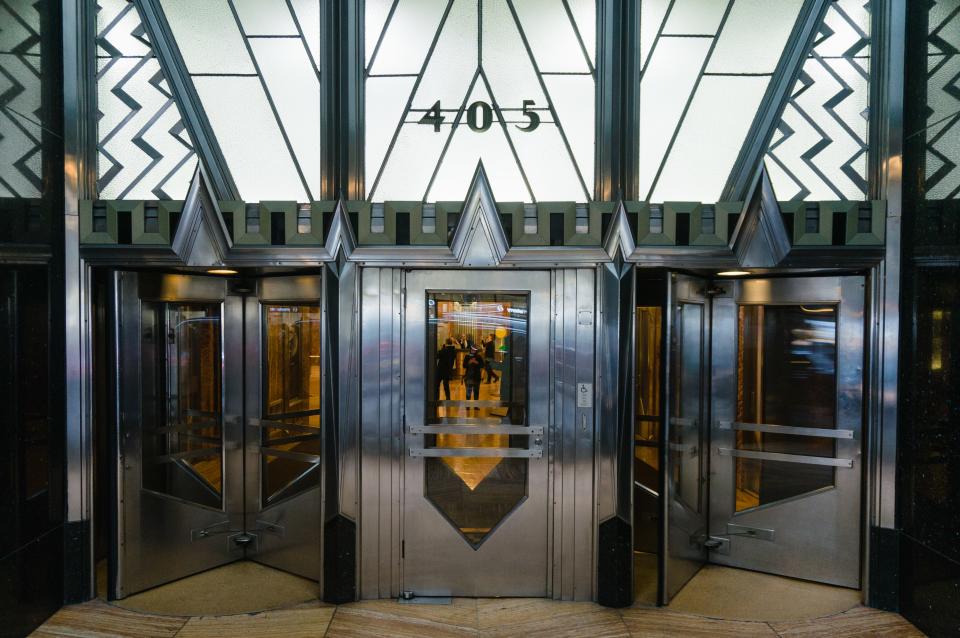
405 Lexington
Photo by John Phillips. Image courtesy of Getty.The iconic entrance of this 1930s structure in New York features three revolving doors, which are situated beneath decorative glass-and-steel screens. Here, the sense of drama is an embrace of the Art Deco style (like the Chrysler Building’s crown and needle).
Doge's Palace
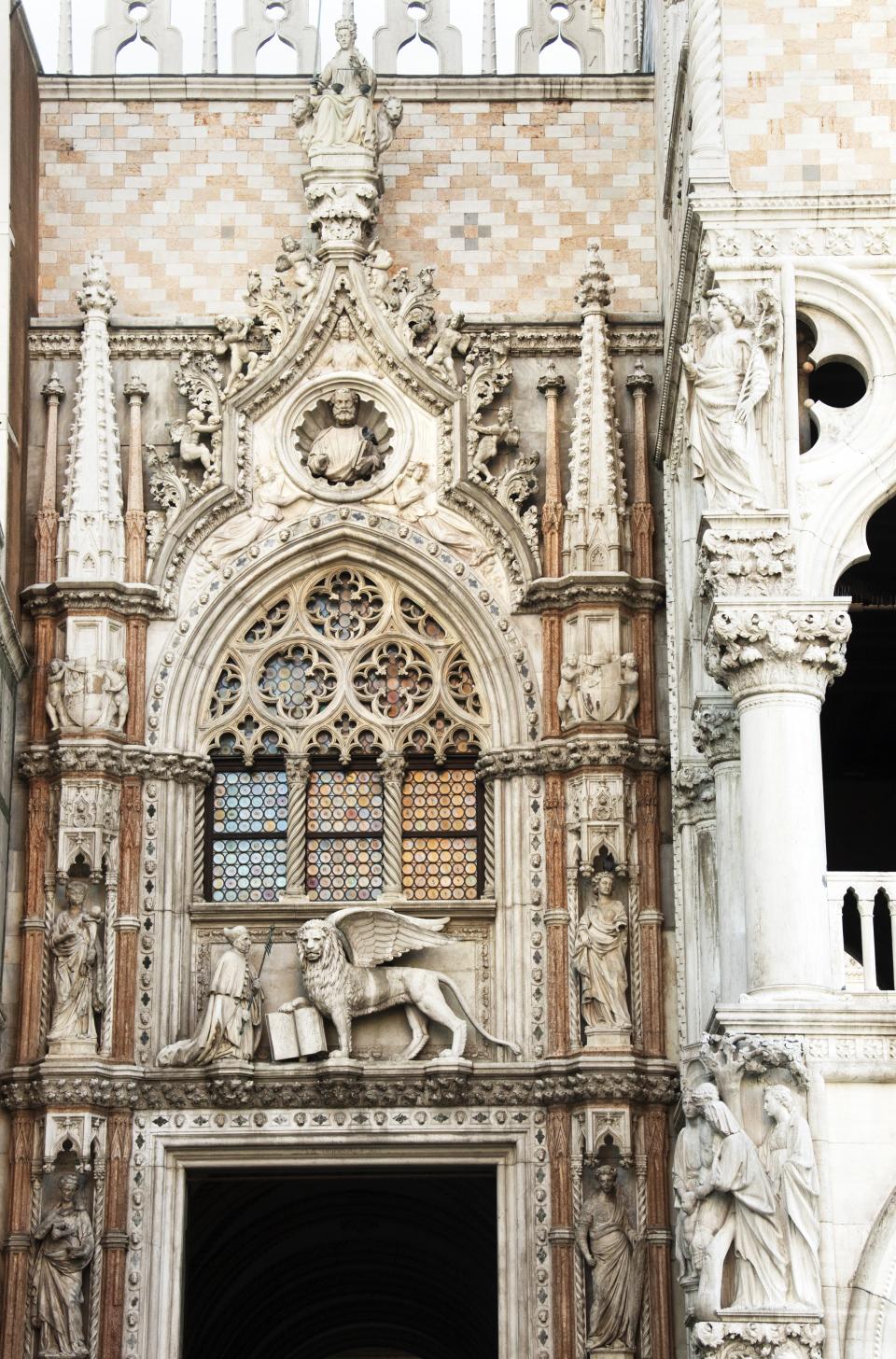
Porta dell Carta at the Doge's Palace
Photo by Hal Beral. Image courtesy of Getty.The Porta della Carta (or "Door of Paper") in the Doge’s Palace in Venice is where people would petition the Doge and other political leaders. Artists Giovanni and Bartolomeo Bon’s entrance is emblematic of its former function, featuring marble statues dedicated to Justice (center) as well as Charity, Fortitude, Prudence, and Temperament.
Frederick C. Robie house
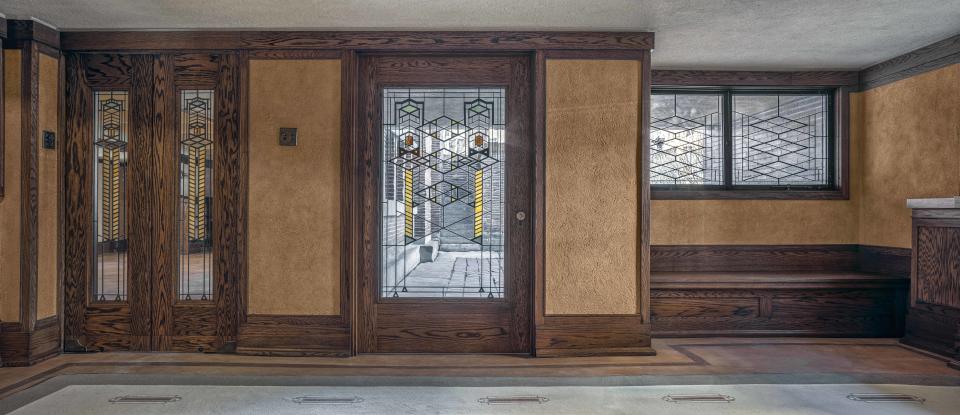
Frank Lloyd Wright finished this famous house in Chicago in 1910, for which he designed both the structure and its furnishings (the structure was designated a UNESCO World Heritage Site in 2019). The recessed entrance, like the rest of the house, is a demonstration of the Prairie style, with its art-glass embellishment and eaves.
Mosque-Cathedral of Córdoba
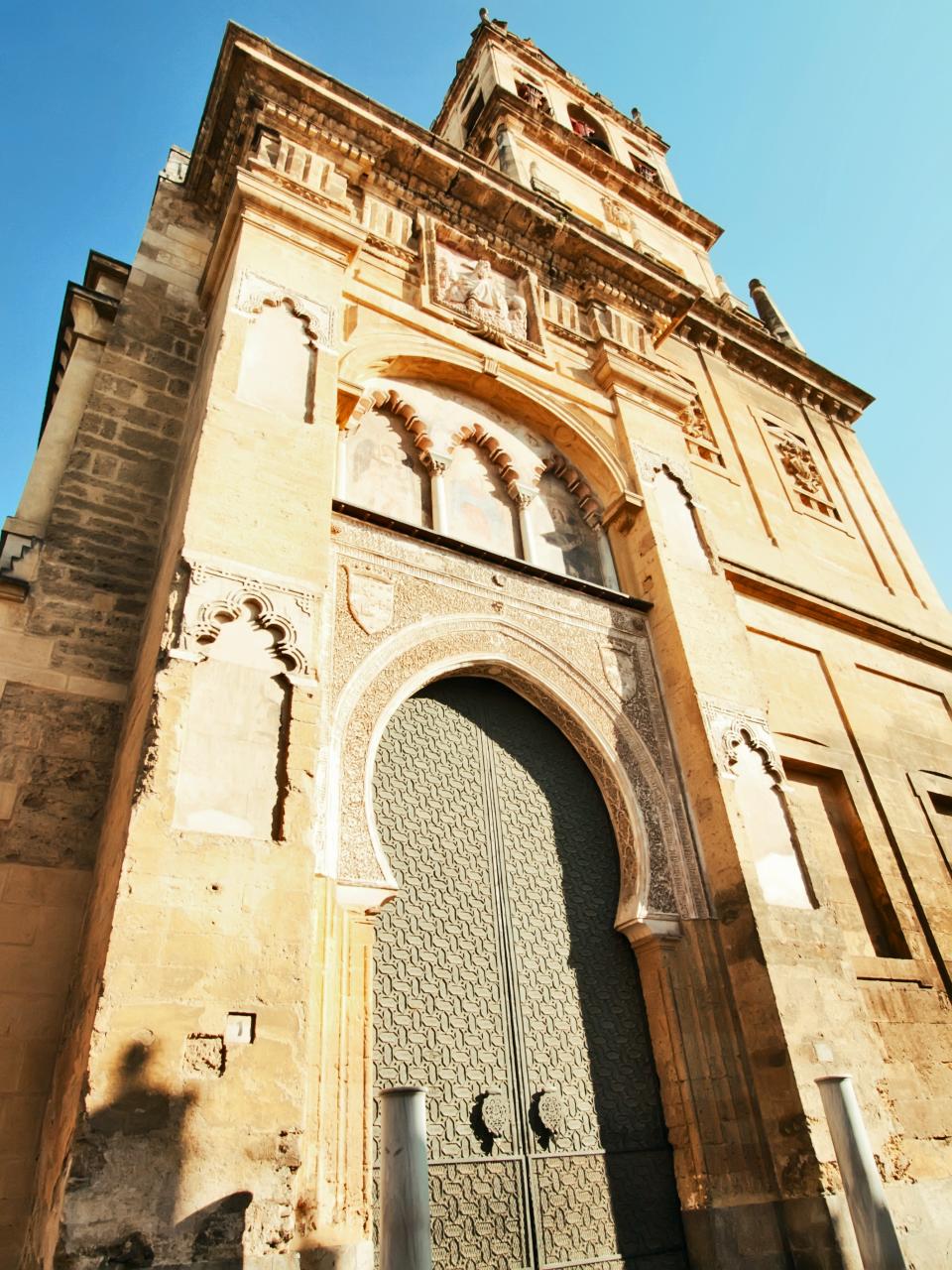
detail of Mosque-Cathedral, Cordoba, Andalusia, Spain
Image courtesy of Getty.The Puerta del Perdón (or "Doors of Forgiveness"), which have decorated the Mosque–Cathedral of Córdoba, Spain, since 1337, feature Gothic and Moorish references. This entrance to the inside orchard is enhanced with mosaics and artist Antonio del Castillo’s murals.
Palais Royal
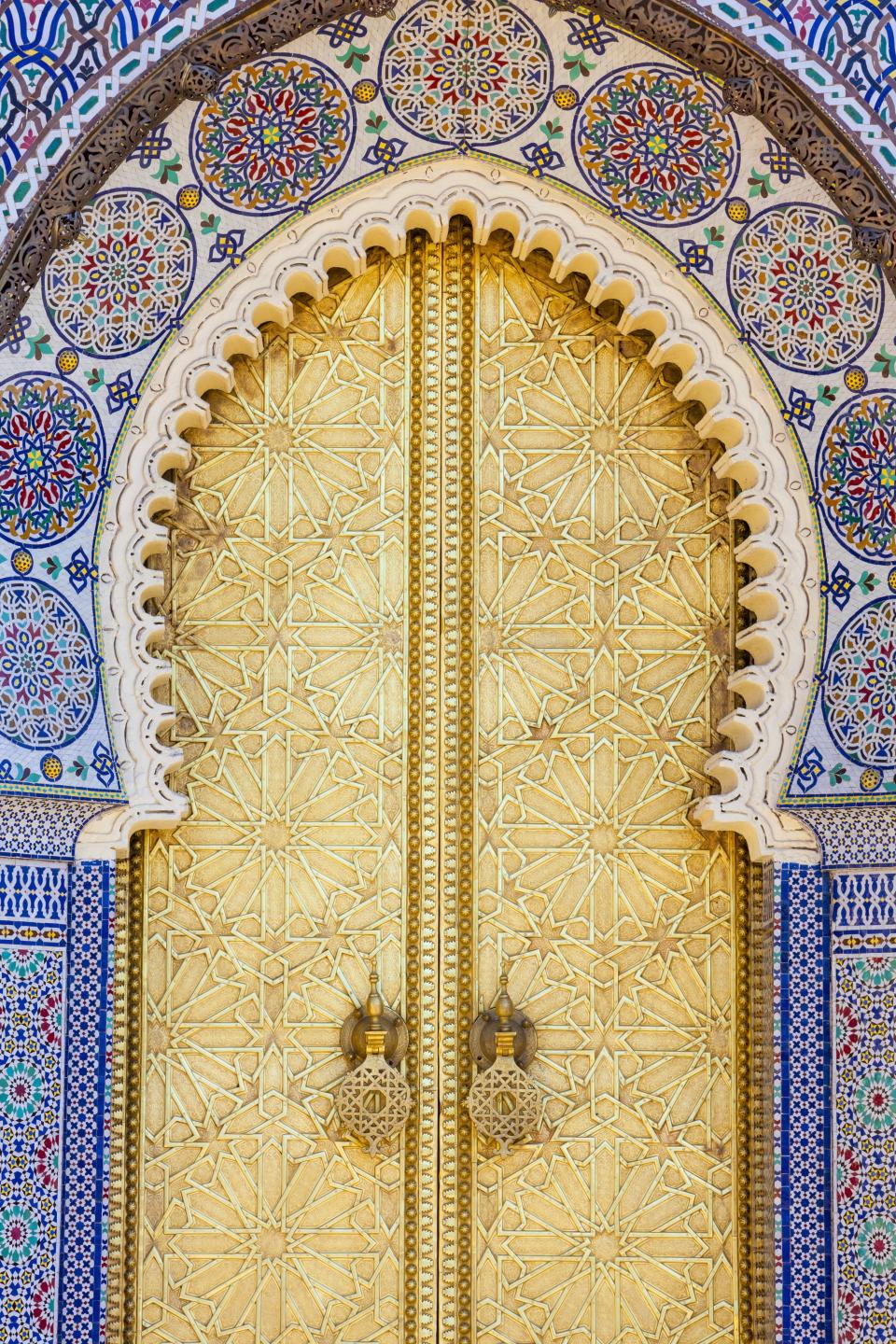
Royal Palace door, Fes, Morocco, North Africa, Africa
Photo by Douglas Pearson. Image courtesy of Getty.The King of Morocco’s Palace in Fez, Morocco, is situated behind a series of striking doors, which are star-patterned brass with cedar and zellige details. Doors in Morocco, like these ones, are famous for being the one decorative element to grace a home’s humble and plain exteriors.
Selfridge's (in the Museum of London)
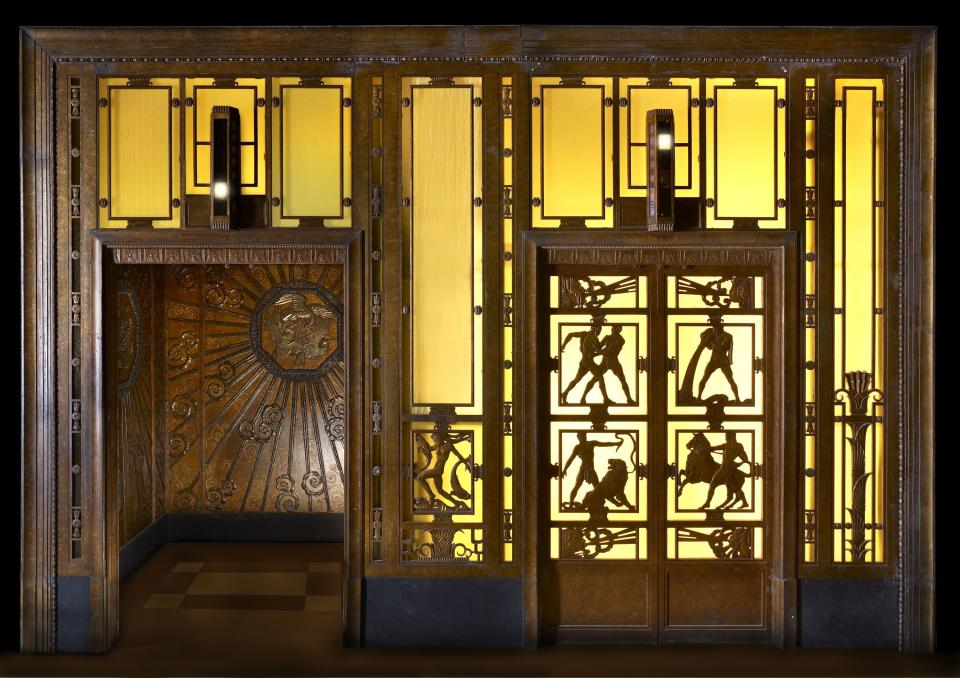
The bronze and iron screens that once smartened the Selfridge’s elevators have been relocated to the Museum of London’s People’s City collection. Installed in 1928, these sliding doors are a demonstration of the Art Deco style, with silhouetted figures that represent the 12 zodiac signs.
Palmer House
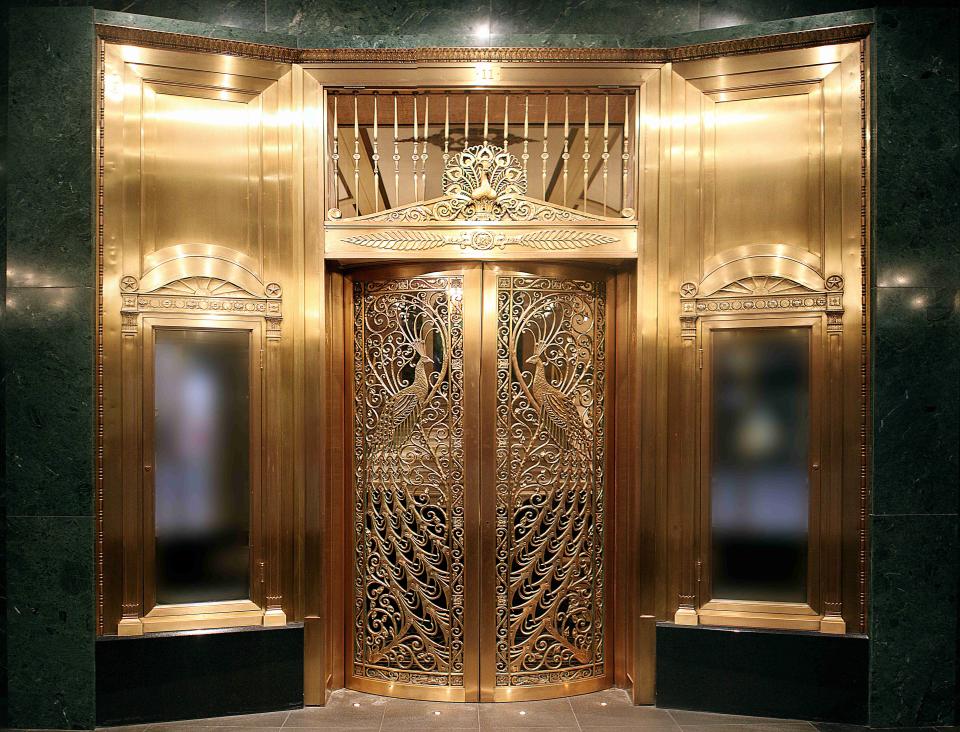
The historic Palmer House in Chicago has boasted the bronze peacock doors since it re-debuted in 1873 after being forced to close in the wake of the Great Chicago Fire in 1871. Tiffany & Co.’s Louis Comfort Tiffany designed these charactered enhancements for the C.D. Peacock store that was once located on the hotel’s first floor.
St. Edward’s Church
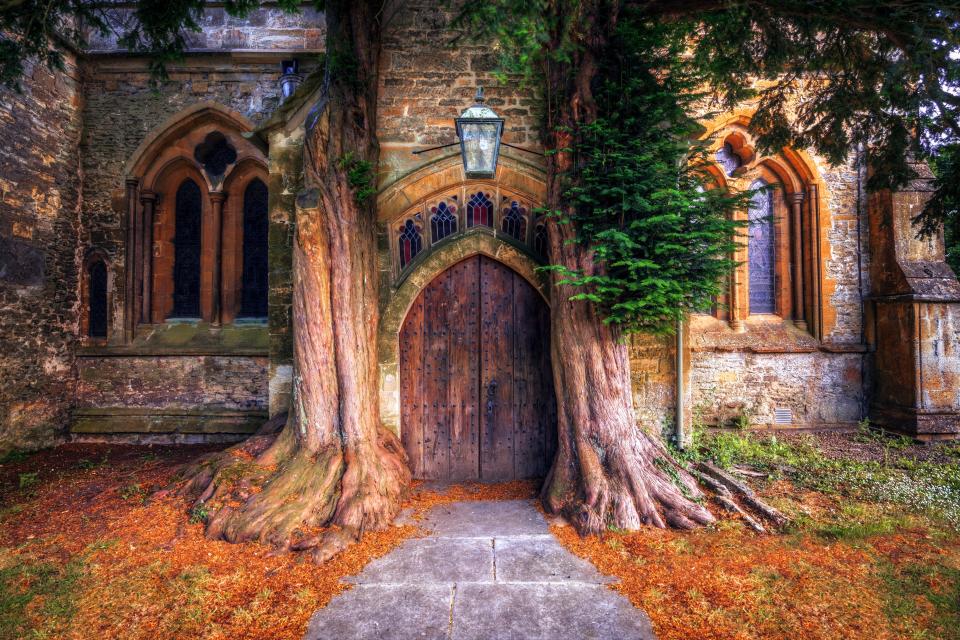
Church Door, Stow on the Wold, Cotswolds, England
Photo by Joe Daniel Price. Image courtesy of Getty.This enchanted entrance has charmed St. Edward’s Church in Gloucestershire, England, since the 1200s. It is rumored to have inspired the doors of Durin in J.R.R. Tolkien’s The Fellowship of the Ring, which is similarly framed between two trees.
St. Peter's Basilica
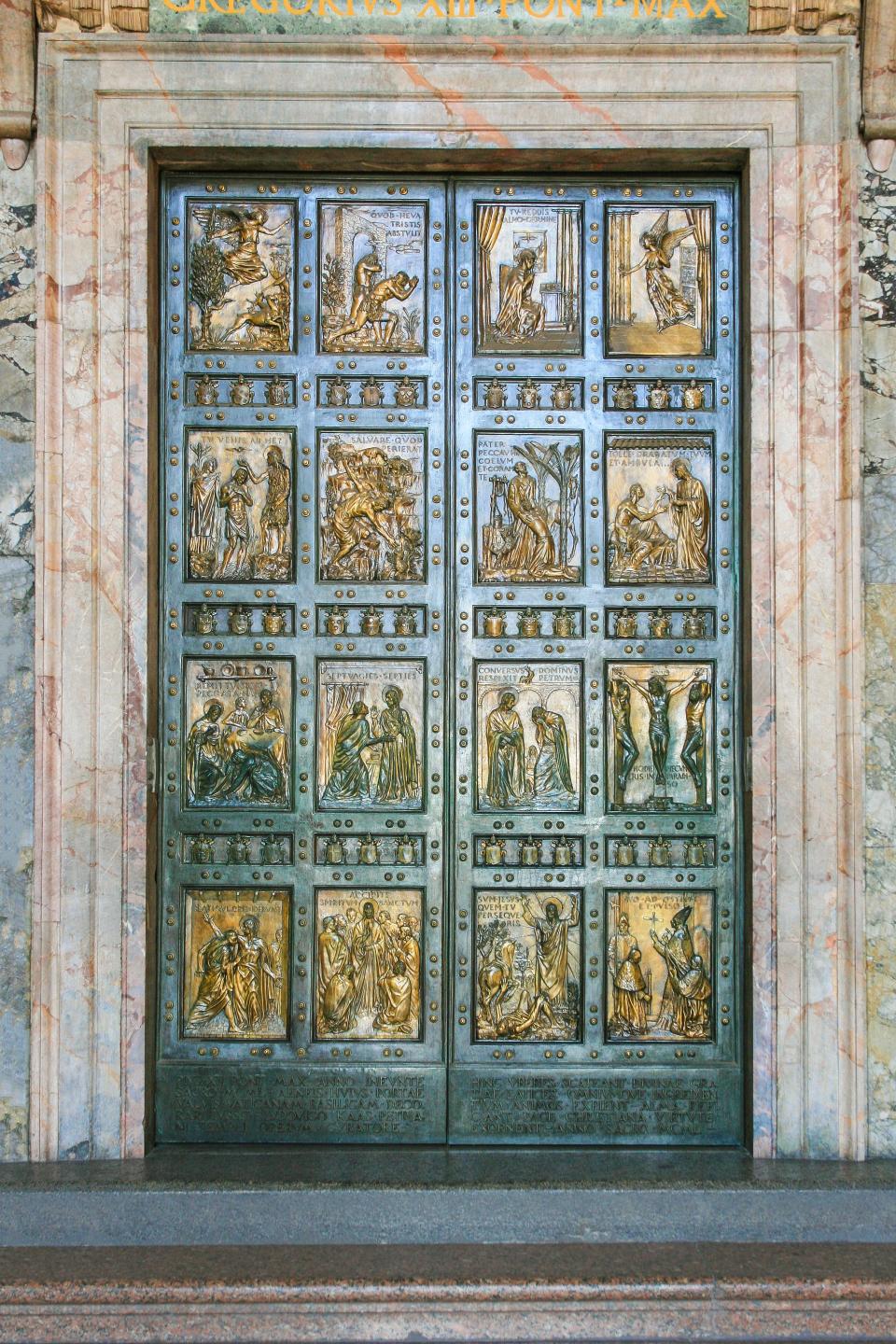
The Holy Door of St. Peter's Basilica, Vatican City, Rome, Italy.
Photo by Oleg Albinsky. Image courtesy of Getty.St. Peter’s Basilica in Vatican City is home to artist Vico Consorti’s Porta Sancta, which is unlocked by the Pope only once every 25 years to celebrate the Catholic church’s holy years (like the Great Jubilee in 2000). These bronze and sacred gates have graced this famous destination since 1949, decorated with scenes of man’s sin.
Ueno Toshogu Shrine
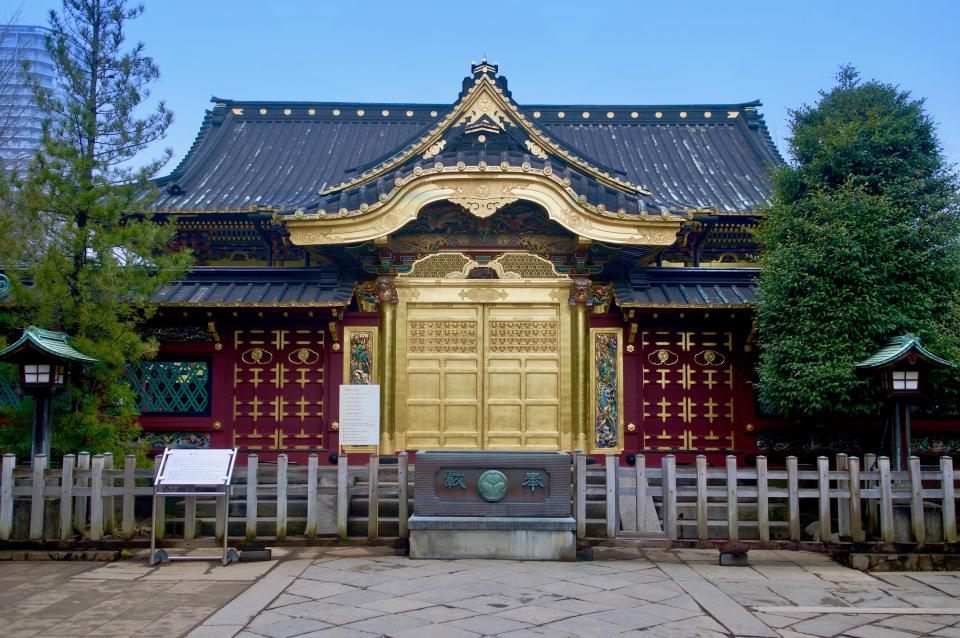
Tosho-gu Shrine Gate, Ueno Park
Photo by Shunrei. Image courtesy of Getty.The Karamon (or Chinese-style gate) to the Ueno Toshogu Shrine in Tokyo, Japan has guarded the Shinto-style destination since 1651. Its covered in gold, which causes the carvings (including birds and flowers) to glimmer. Legend has it that when it’s dark, the two dragons on either side descend to drink from the Shinobazu-no-ike Pond.
U.S. Capitol Building
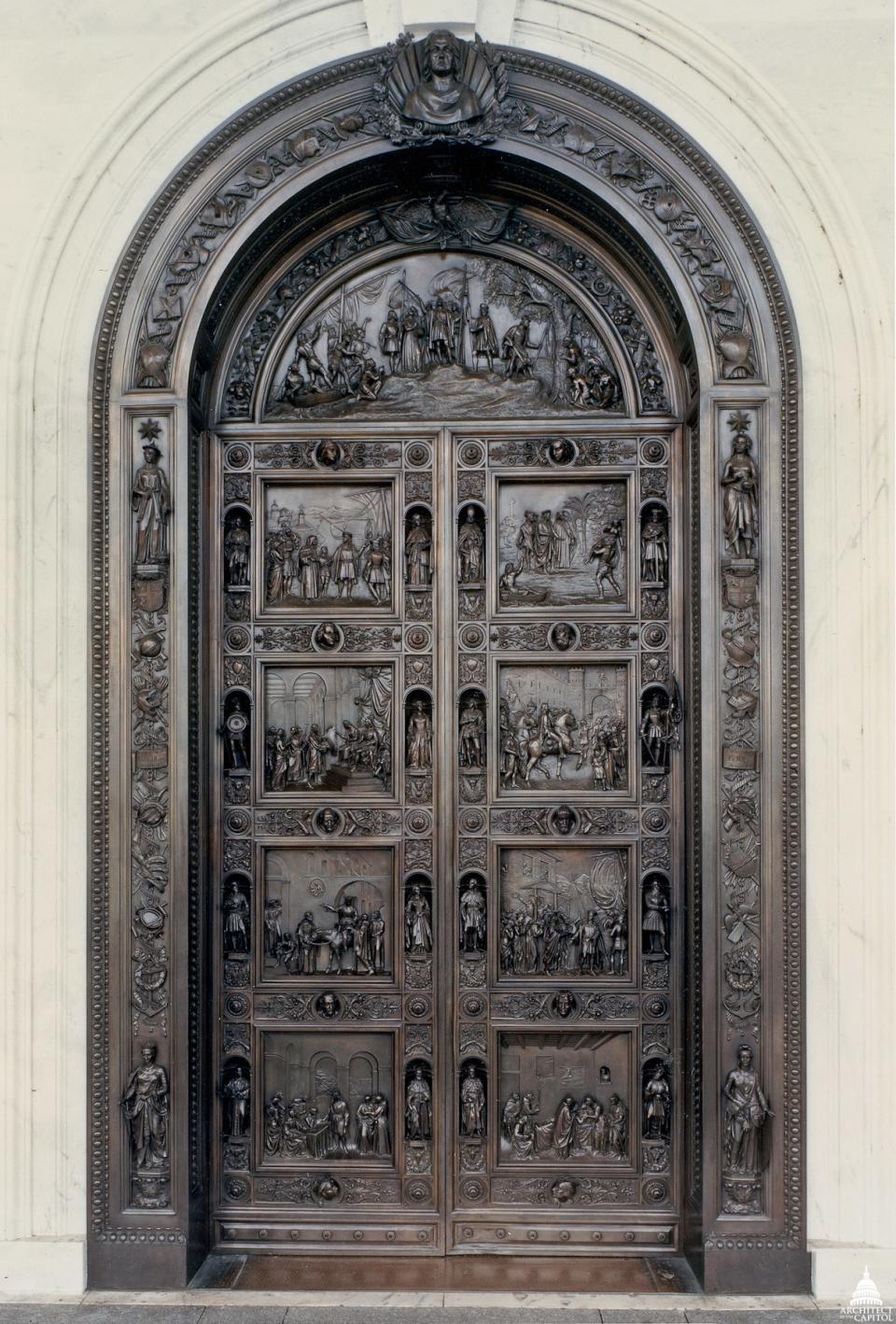
Artist Randolph Rogers’s Columbus doors that grandly stand in the U.S. Capitol Building’s rotunda in Washington, D.C., chronicle Christopher Columbus’s life. The bronze commission from 1910 is especially impressive in scale: It weighs 20,000 pounds.
Originally Appeared on Architectural Digest

